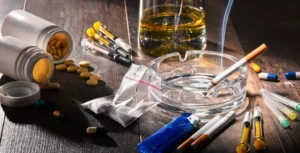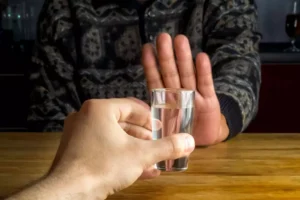
His commitment to sharing stories of hope and resilience has established him as a credible and respected figure in the addiction treatment community. With increased frequency and quantity of use, the choose the correct cycle of addiction. risks to personal health and well-being escalate, often transitioning into drug abuse. As abuse becomes more severe, individuals are likely to develop physical and mental dependence. This dependence signifies that the body or brain has adapted to the presence of the drug, requiring increasing amounts to achieve the same effects, a phenomenon known as tolerance.
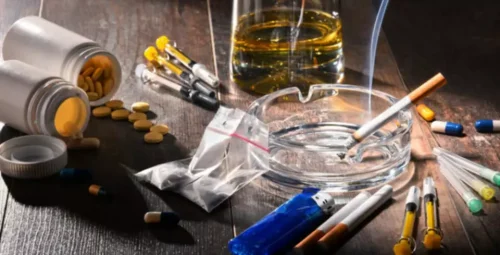
Let us help you start your journey to recovery.
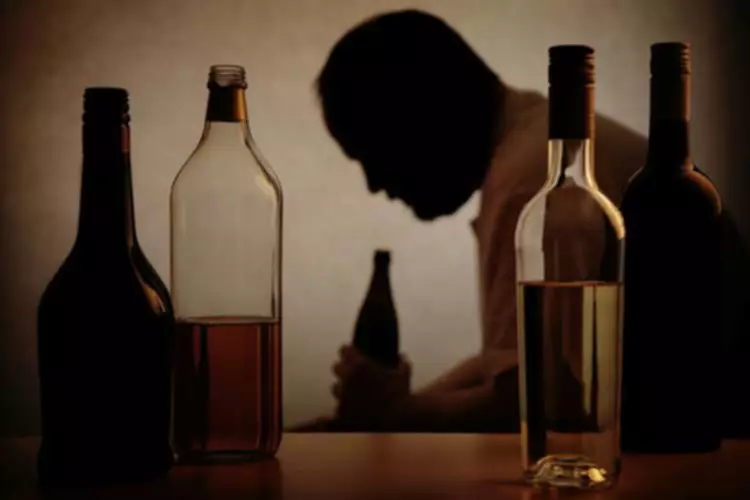
Many things can trigger a relapse and it is impossible to predict what those triggers are. The relapse cycle is one of constant recovery and then slipping back into the drug use. According to the National Institute on Drug Abuse, the relapse rate for drugs and alcohol is similar to that of any other disease. A key indicator of progressing addiction is the development of tolerance. When someone needs to consume larger amounts of a substance to achieve the same effects they once did with smaller quantities, it’s a sign that their body is becoming more accustomed to its presence. This escalation not only heightens the risk of overdose but also pushes the individual deeper into the cycle of addiction.
Triggers That Contribute to Addiction
- CBT helps individuals in addiction treatment to identify and challenge negative thought patterns, develop coping strategies, and alter behaviors that contribute to their substance use.
- Co-occurring mental health disorders are common among those with substance use disorders.
- Despite envisioning more hopeful scenarios, individuals must take proactive measures to achieve them.
- The three steps of relapse are emotional relapse, mental relapse, and physical relapse.
Addiction is a chronic and relapsing disease, and how you handle any setbacks on your recovery journey could mean the difference between sustained sobriety and repeated relapse. Addiction recovery is an ongoing process rather than a time-limited event like detox or withdrawal. Unfortunately, data shows that between 40% and 60% of those in recovery will relapse at least once. While this relapse rate might seem unusually high, this is comparable to the rates of recovery for other chronic diseases. Negative consequences are a daily occurrence with both alcoholism and with alcohol abuse. People who abuse alcohol get into trouble but the consequences of such trouble can greatly determine whether an individual suffers from alcoholism or from alcohol abuse.
Why do people experiment with drugs and use them in the first place?
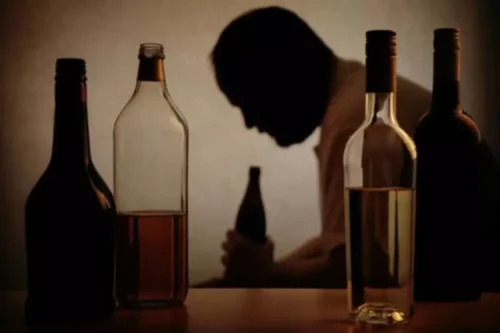
Times of the day, seasons, and any significant events or holidays can act as pattern triggers and cause cravings for drink or drugs. When it comes to finding drug rehab there’s definitely not much question about the availability of programs that are readily available to assist patients. What there is a major question about tends to the the intake process and what a patient can expect when they first enter drug rehab. Following a relapse episode, individuals may feel ashamed and guilty, believing that they are beyond amphetamine addiction treatment help. During this third stage, you may experience a sense of crisis building up. This stage is characterized by a single thought or fear that replays in your mind.
- They typically have a trigger related to your environment and/or emotional state.
- In this final stage of addiction, the individual attempts to stop using the substance but experience intense withdrawals.
- Cognitive-behavioral therapy (CBT) is highlighted as an effective tool for modifying negative thought patterns that may lead to substance use.
- The journey may be challenging, but with the right tools and support, achieving a fulfilling life free from addiction is entirely possible.
- It is recognized as a chronic brain disorder characterized by compulsive engagement in rewarding stimuli despite adverse consequences.
These factors can be broadly categorized into biological factors, genetic influence, and environmental elements. Each of these plays a significant role in shaping an individual’s susceptibility to substance use and dependency. Addiction is defined as a chronic, relapsing disorder characterized by compulsive drug seeking and use despite adverse consequences. It is considered a brain disorder involving functional changes in brain circuits related to reward, stress, and self-control.
Aftercare and Support Systems
These programs can provide medical detoxification, individual and group therapy, and education on addiction and relapse prevention. This stage offers a chance to regain control of one’s body and avoid letting emotions take over, particularly during early recovery when a person is that much more vulnerable. As individuals progress from initial use, they may enter a stage characterized by compulsive substance-seeking behavior. During this phase, the person may develop a need for the drug, experiencing difficulties in controlling their use.
